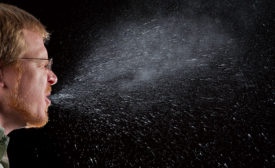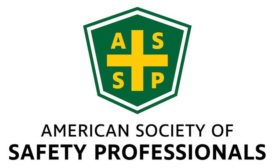Safety & Health Best Practices
Rise of the OHS entrepreneur
Those willing to take risks can succeed during the pandemic
July 14, 2020
Closing Time
Stop safety dissidents: Authority figures often ignore workforce issues
May 13, 2020
Become a Leader in Safety Culture
Build your knowledge with ISHN, covering key safety, health and industrial hygiene news, products, and trends.
JOIN TODAYCopyright ©2025. All Rights Reserved BNP Media.
Design, CMS, Hosting & Web Development :: ePublishing











